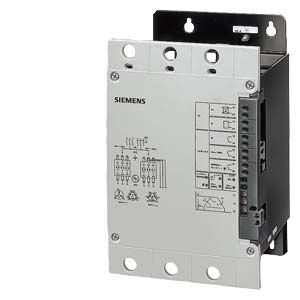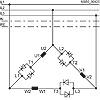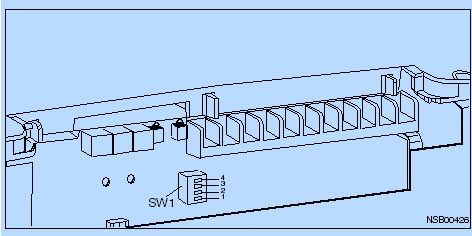3RW34 Soft Starters Siemens

Область применения
The 3RW34 solid-state motor controllers are suitable for soft starting and stopping of three-phase asynchronous motors.
Service range
Pumps, compressors, fans, conveyor belts and many more.
Обзор
SIKOSTART 3RW34
Just as easily as with the SIRIUS soft starters, three-phase asynchronous motors with rated operational power of up to 1000 kW (at 400 V) can be controlled with SIKOSTART 3RW34. Soft starting and soft deceleration are standard functions of this device. Fast commissioning, small sizes and simple installation are the key benefits here.
The devices can be operated with two different contact sequences:
- Standard circuit
- Root-3 contact sequence
Дальнейшая информация
Configuration
The 3RW34 solid-state motor controllers are designed for easy starting conditions. JLoad < 10 x JMotor. In the event of deviating conditions or increased switching frequency, it may be necessary to choose a larger device. For accurate dimensioning, use the Win-SIKOSTART selection and simulation program.
If necessary, an overload relay for heavy starting must be selected where long starting times are involved. PTC sensors are recommended. This also applies for the smooth ramp-down because during the ramp-down time an additional current loading applies in contrast to free ramp-down.
No capacitive elements are permitted in the motor feeder between the SIKOSTART and the motor (e.g. no compensation equipment).
All elements of the main circuit (such as fuses, controls and overload relays) should be dimensioned for direct starting, following the local short-circuit conditions. Fuses, controls and overload relays must be ordered separately.
Circuit concept
The SIKOSTART 3RW34 motor controllers can be operated in two different types of circuit.
- Inline circuit
The controls for isolating and protecting the motor are simply connected in series with the soft starter. The motor is connected to the soft starter with three cables. - Inside-delta circuit
The wiring is similar to that of wye-delta starters. The phases of the soft starter are connected in series with the individual motor windings. The soft starter then only has to carry the phase current, amounting to about 58 % of the rated motor current (conductor current).
Comparison of the types of circuit | |
|---|---|
 |  |
Inline circuit: Rated current Ie corresponds to the motor rated current In, 3 cables to the motor | Inside-delta circuit: Rated current Ie corresponds to approx. 58 % of the motor rated current In, 6 cables to the motor (as with wye-delta starters) |
Which circuit?
Using the inline circuit involves the lowest wiring outlay. With the inside-delta circuit there is double the wiring complexity. If the soft starter to motor connections are short, this circuit is preferable.
Thanks to the ability to switch between the inline circuit and inside-delta circuit, it is always possible to select the most favorable solution.
Settings
DIP switch (SW1):
This switch is located on the main logic module. It is used to set the software of the soft starter to the application in question.
- SW1-1: Causes an OFF-delay on the soft starter. The OFF-delay is required when using a parallel contactor (bridging contactor). It enables the contactor to switch off first, then the soft starter switches 1.0 s later. This prevents damage to the thyristors due to voltage peaks which arise when the bridging contactor interrupts the motor current.
- SW1-2: Sets an ON delay signal for the soft starter. This function enables a contactor disconnector first to be switched on in the currentless state, with the soft starter then being switched 1.0 s later. This has the effect of increasing the life of the contacts of the contactor disconnector.
- SW1-3: Sets the soft starter software for operation with thyristors in the inline circuit or within the inside-delta circuit.
- SW1-4: Sets the fault contact as NO contact or NC contact. This contact can be used to control a fault contactor, a shunt trip unit or a fault alarm.

Is an RI suppression filter necessary?
24 V AC/DC control voltage | 230 V AC/DC control voltage | |||
|---|---|---|---|---|
Main circuits | Control circuits | Main circuits | Control circuits | |
Degree of noise suppression A | No | No | No | No |
Degree of noise suppression B | Yes | No | Yes | No |







 Ответ от производителя может занять до 5 дней и более.
Ответ от производителя может занять до 5 дней и более.

